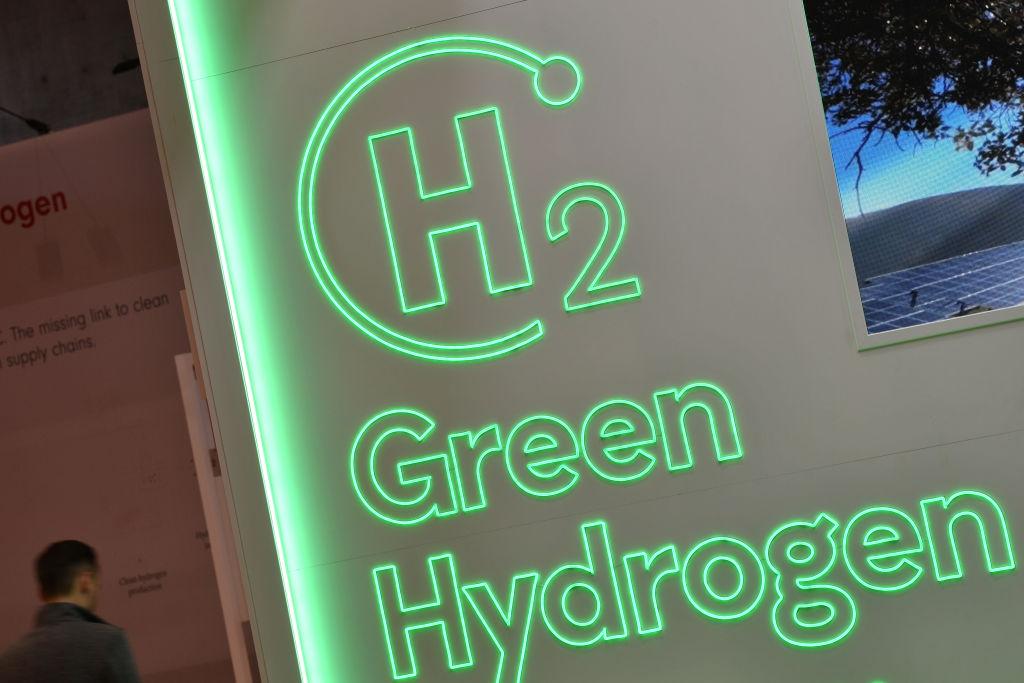Despite billions being pumped into trying to kickstart Australia’s hydrogen industry, department officials concede reaching profitability may be a long way off.
Jo Evans, the deputy secretary of the Department of Climate Change and Energy, said costs were still too high for hydrogen production.





